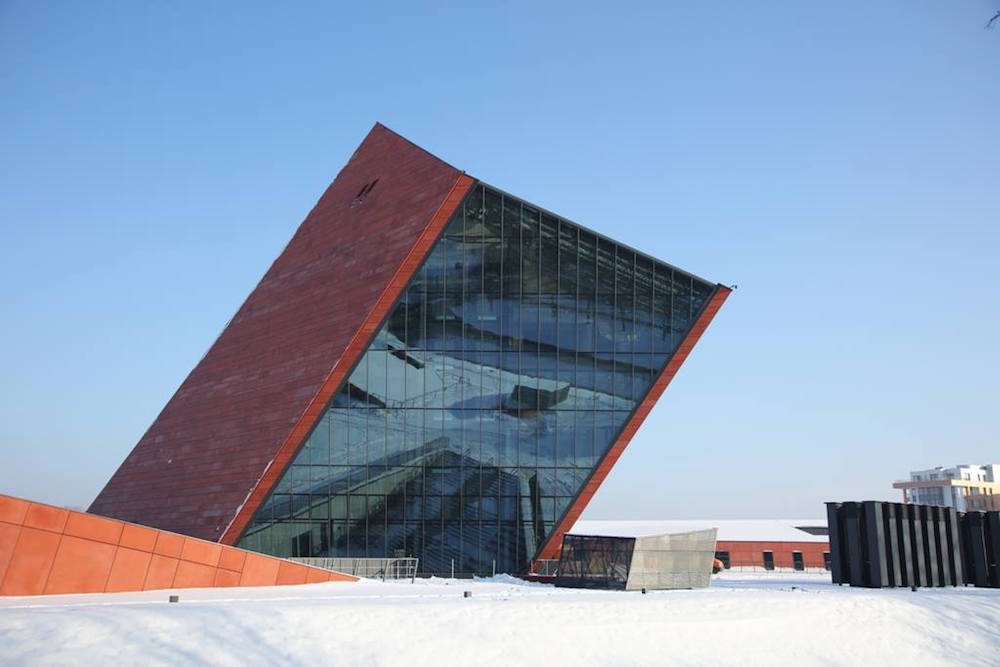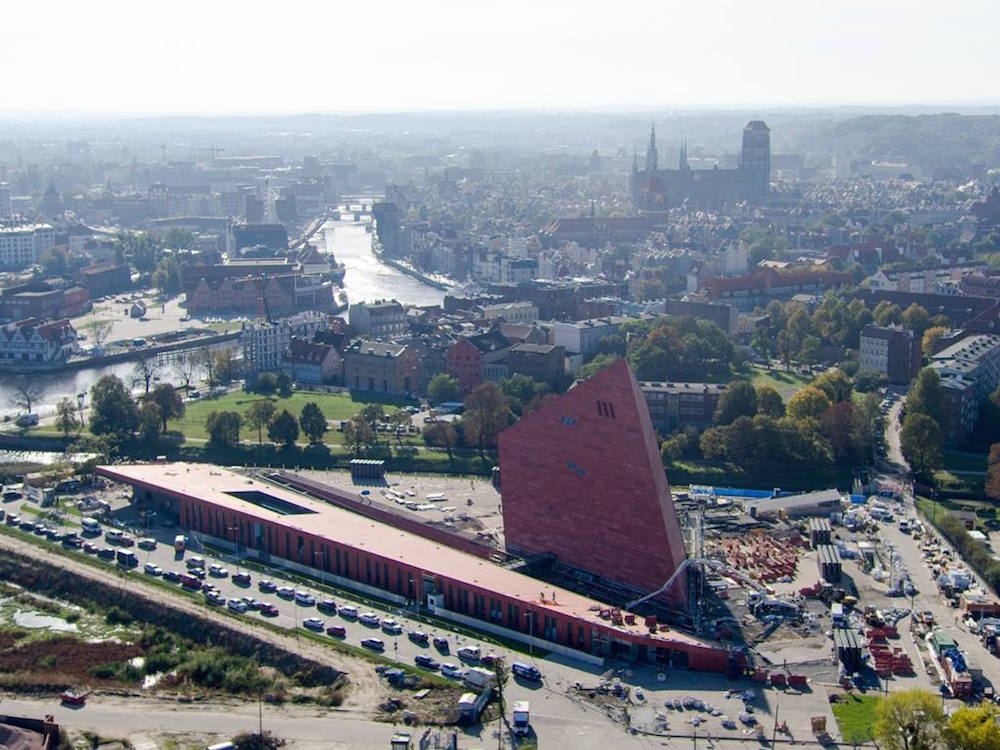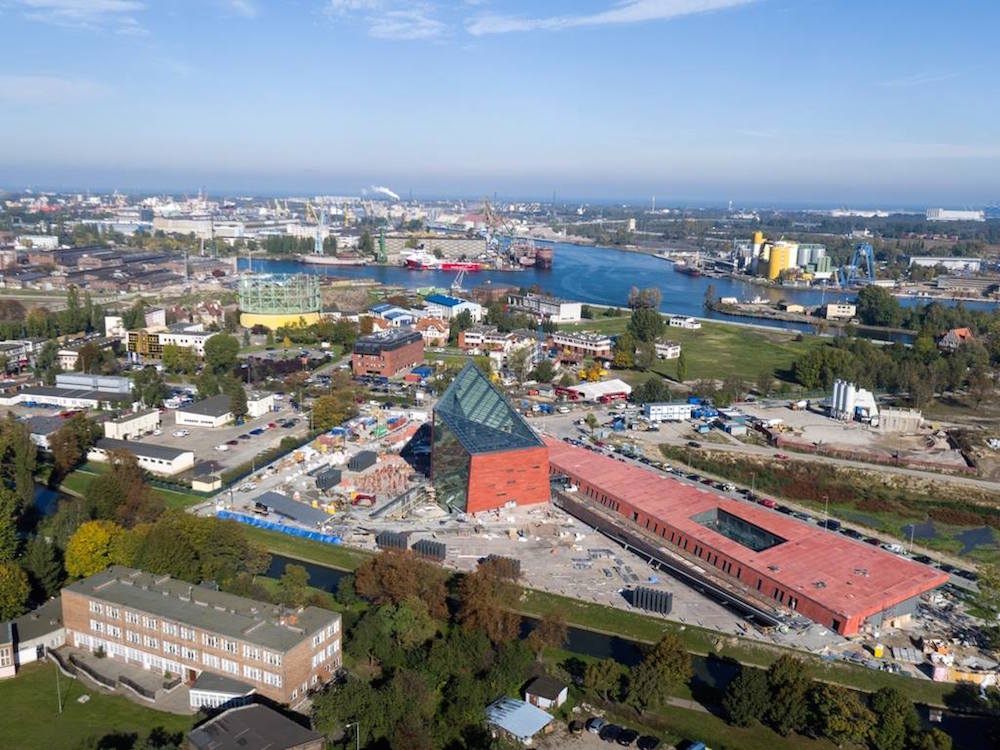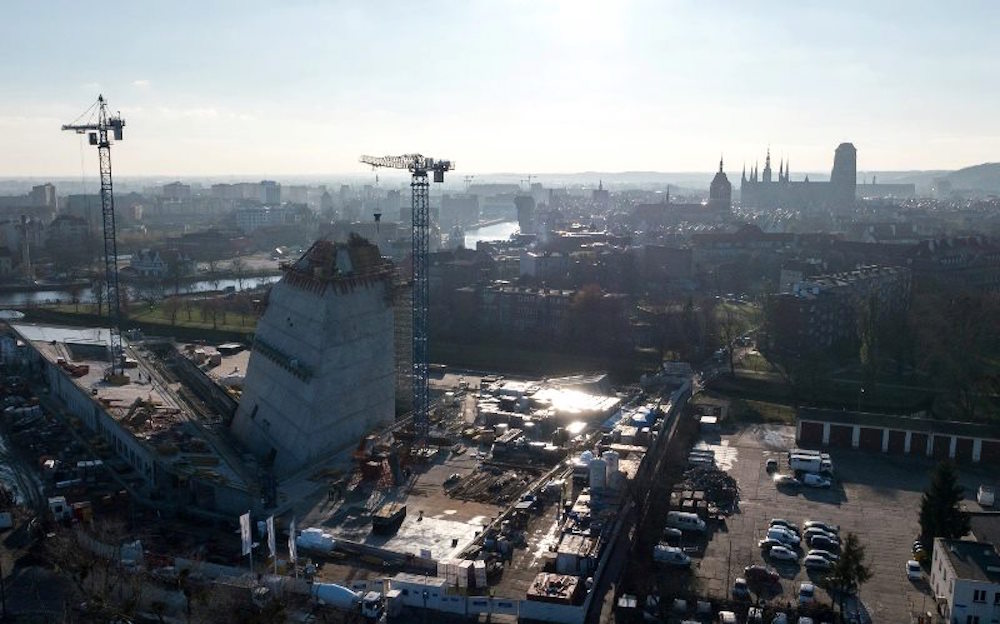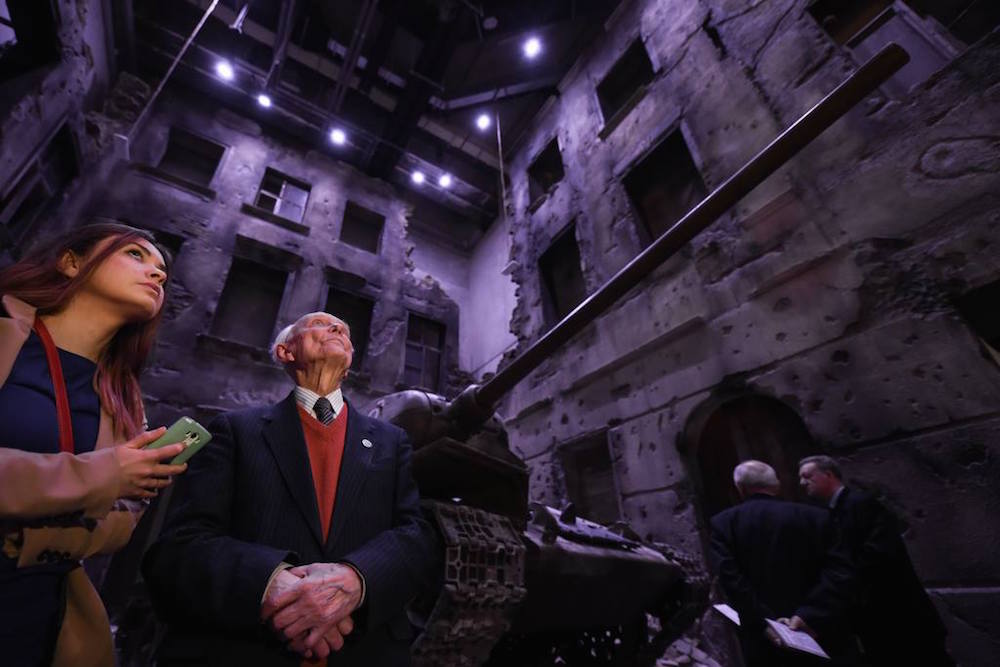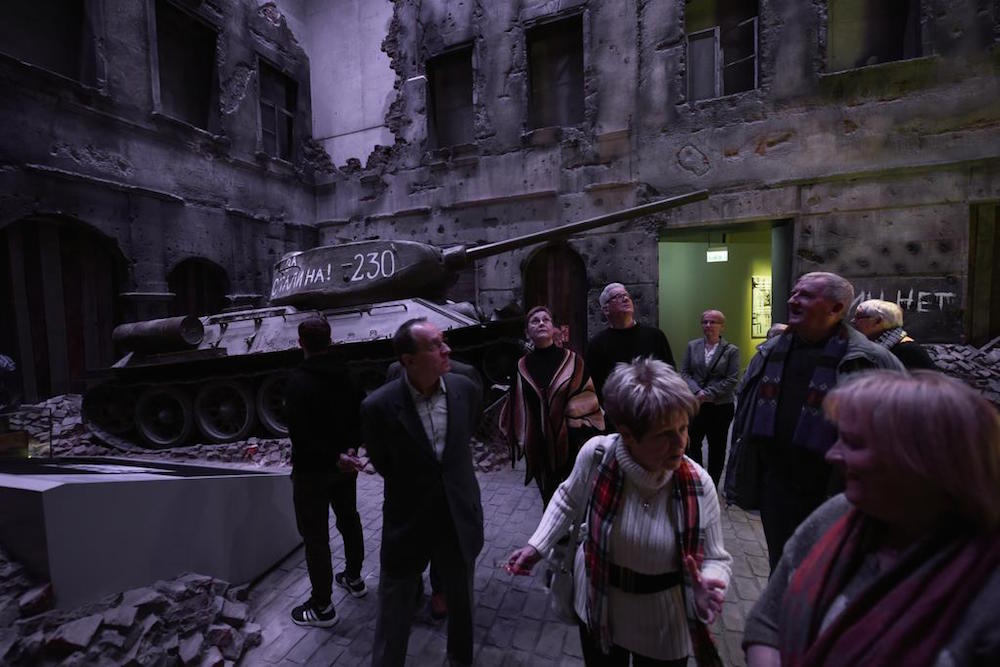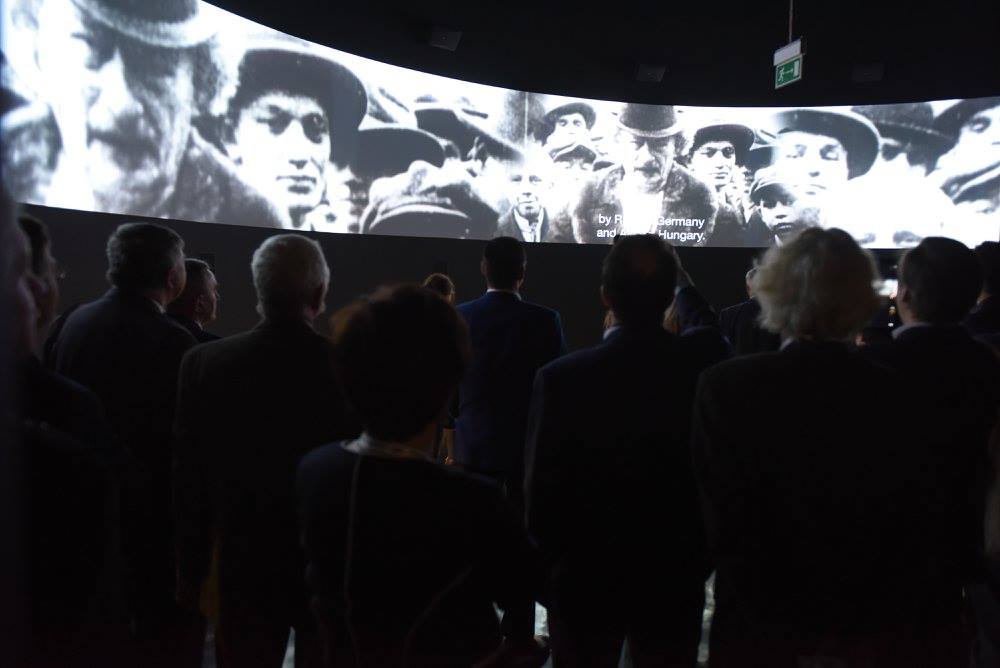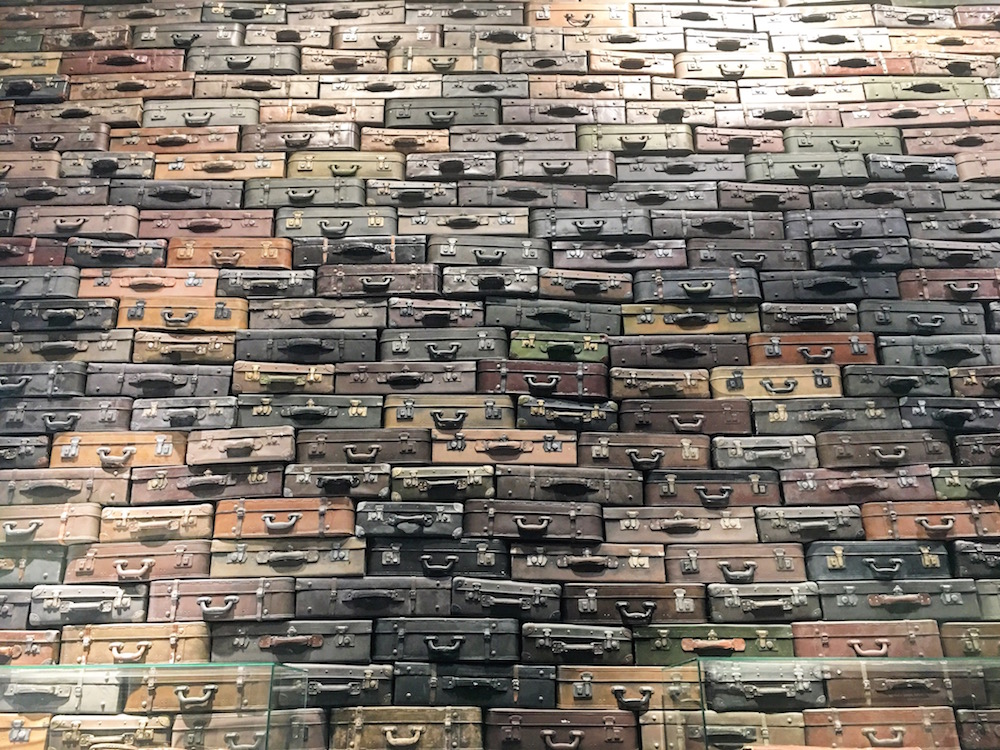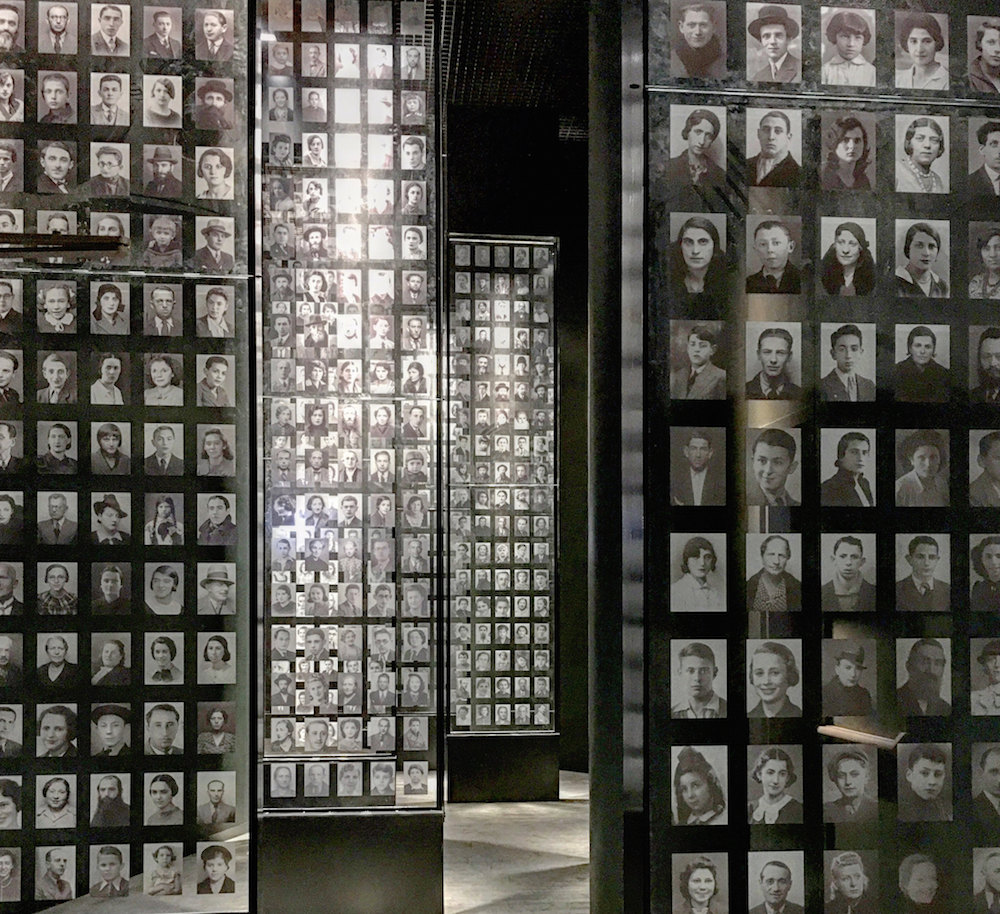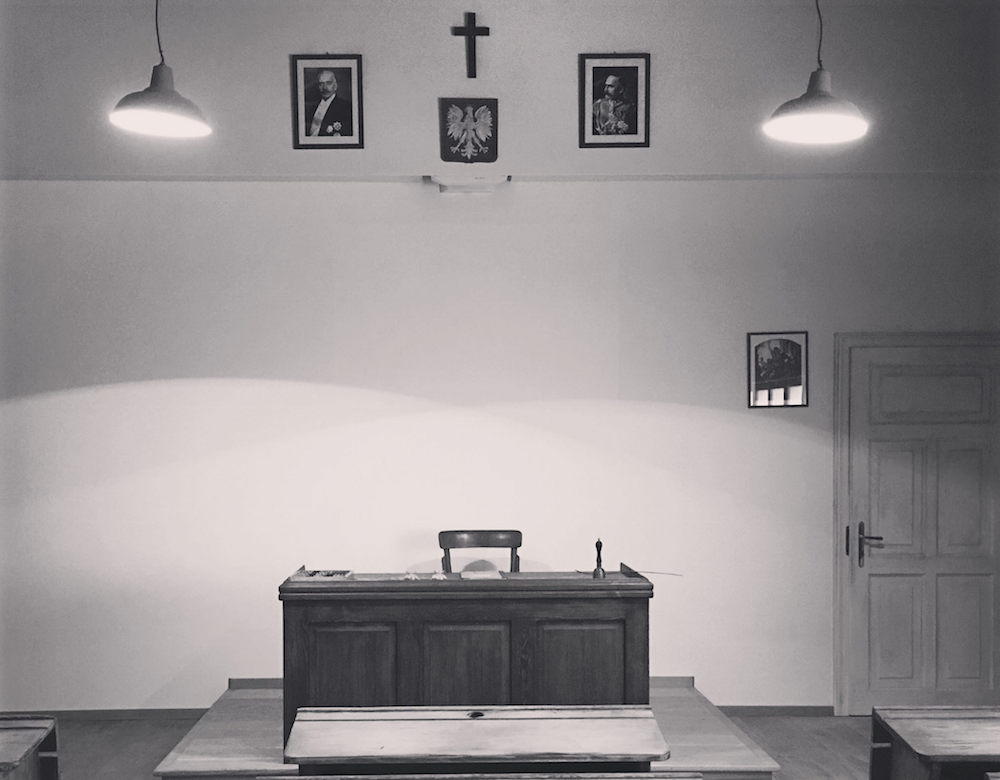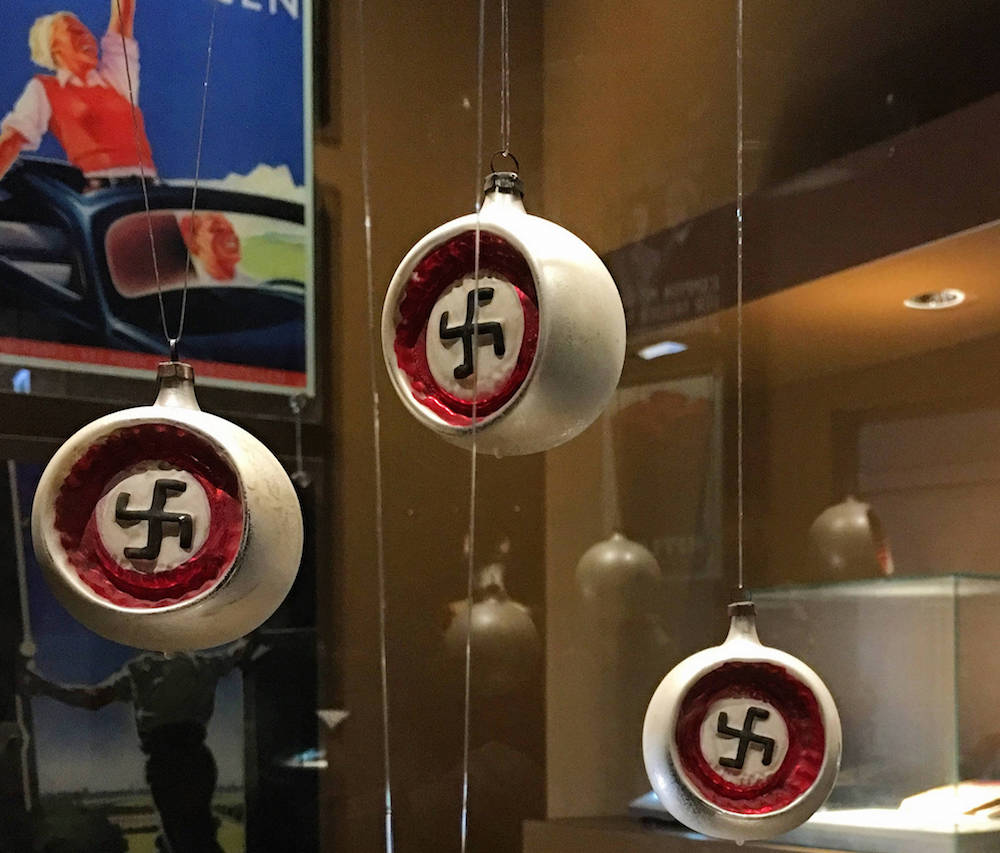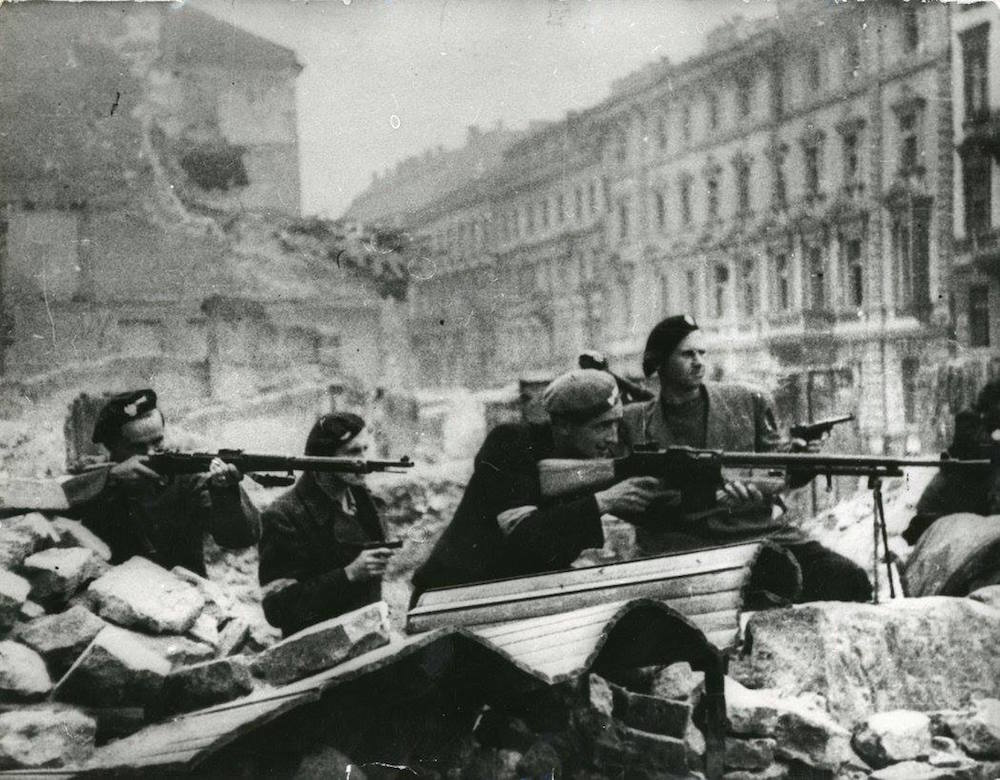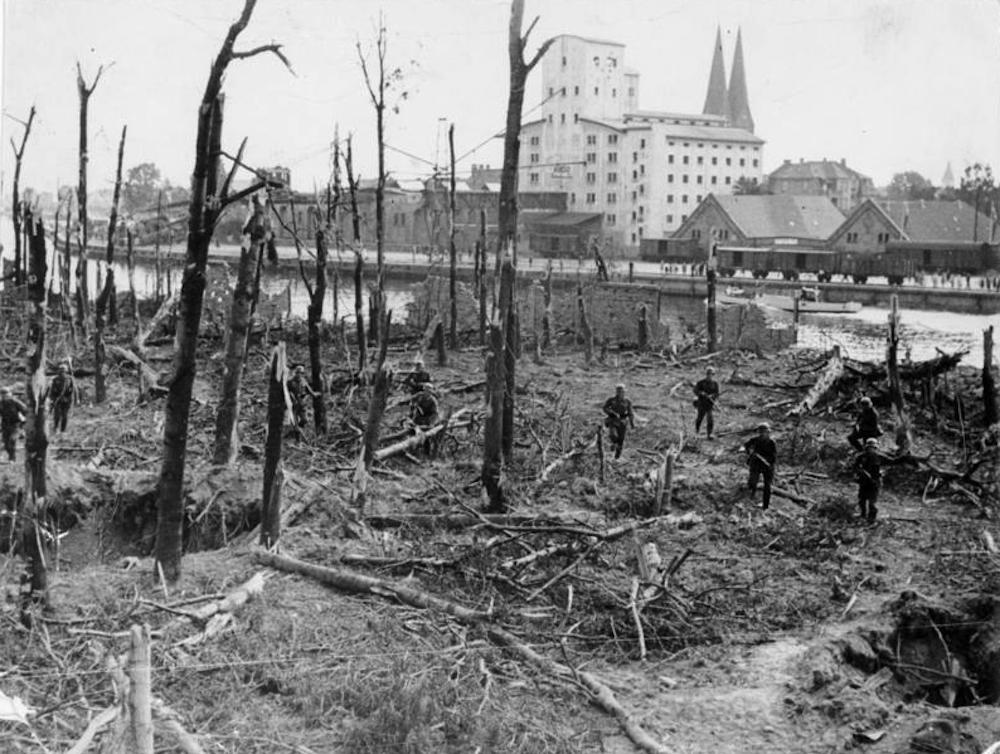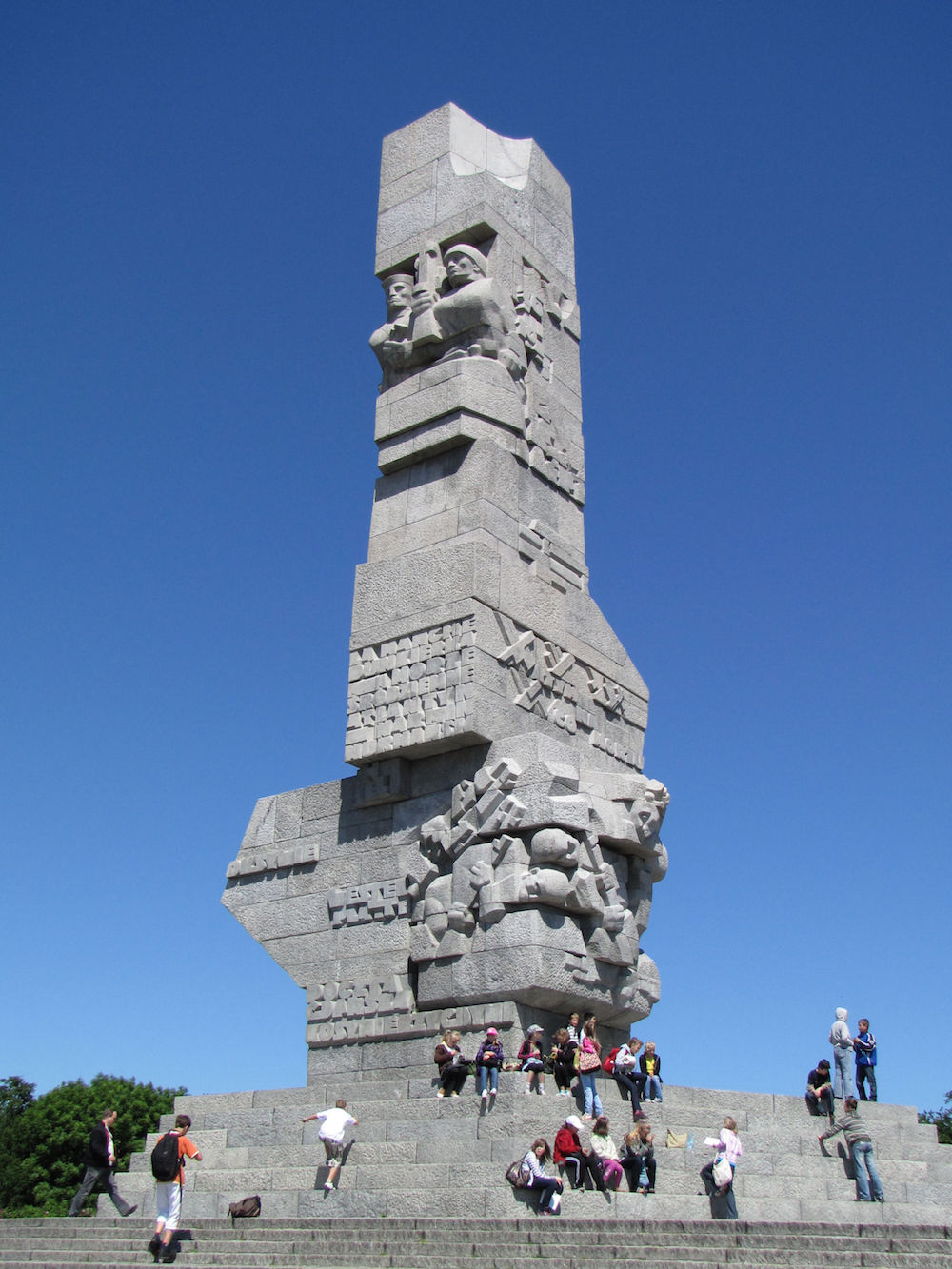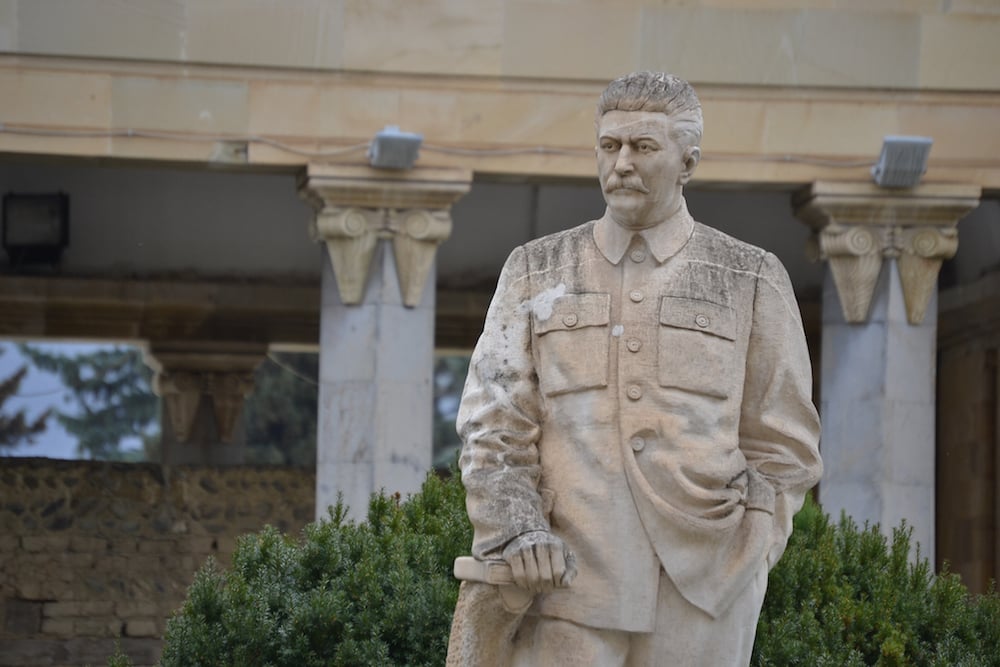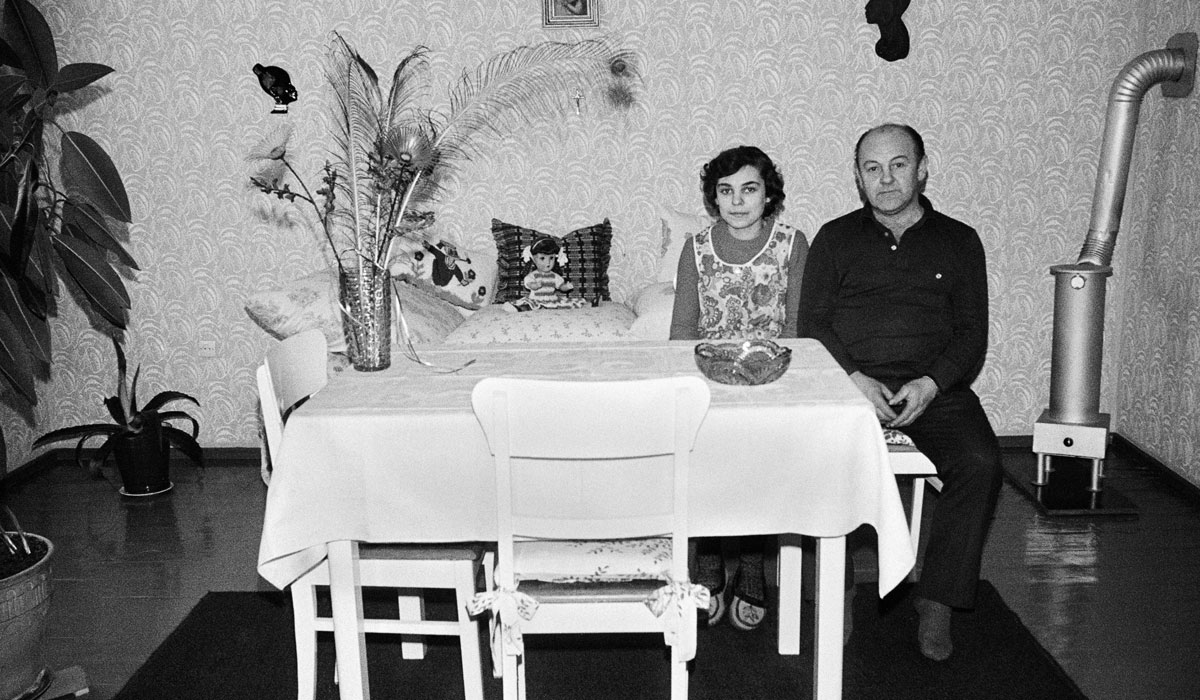Curating a nation: why the controversy around Gdańsk’s new WW2 museum matters
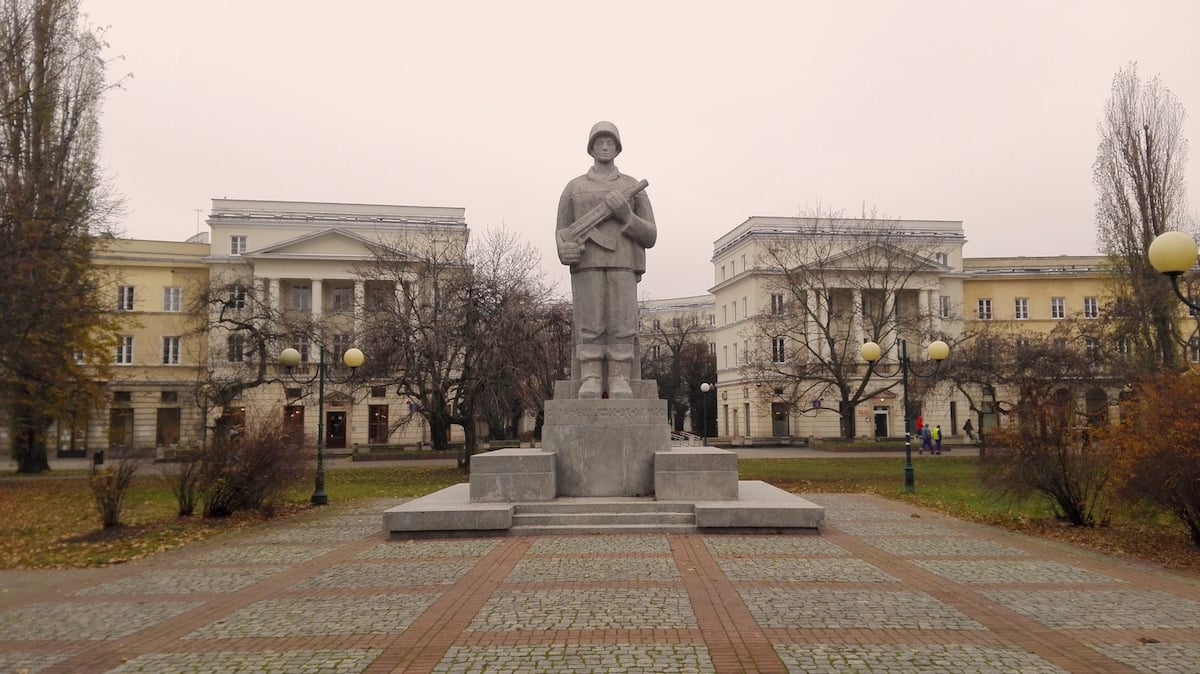
Poland's right-wing government is set to take control of Gdańsk's new Museum of the Second World War, putting its open, international agenda at risk. Agata Pyzik says it's time for the country to move beyond a narrative of permanent victimhood
On Wednesday 5 April, Poland’s High Administrative Court issued a significant ruling: there was no legitimate reason that the brand new, £80 million Museum of the Second World War in Gdańsk could not be merged with another institution, the Westerplatte and 1939 War Museum. The twist being that this latter museum is an invention of the ministry of culture that currently exists only on paper, and is widely understood to be a means to seize control of its actually-existing, privately-run counterpart.
The ruling represented a defeat for the creators of the Museum of the Second World War in their struggle against Poland’s right-wing Law and Justice (Prawo i Sprawiedliwość, or PiS) government to save their open and international vision from accusations of insufficient patriotism. If the merger goes ahead, the ministry of culture will be able to appoint its own director and hence change the museum’s content.
The new museum only opened on 23 March, and the highly publicised dispute has made it very popular: it’s already had over 12,000 visitors. A prestige project of the former neoliberal but pro-EU Civic Platform government, the museum was challenged by PiS’s “patriotic” — if not outright nationalist — government last year for placing insufficient emphasis on Polish wartime suffering. PiS has sought to reform culture since coming to power in 2015, assuming that whoever controls ideology controls the voters.
The crucial point of disagreement concerns the darker sides of Polish history, including pogroms of Jews in Poland, Romania, Ukraine and Lithuania. The museum’s chief curator, Paweł Machcewicz, wants a multi-layered narrative that stresses Polish suffering during Nazi occupation, but also the wider international contexts of the war — including instances where Poles were the perpetrators of crimes. This, however, is unacceptable in the current PiS-controlled climate, in which Poles can only be portrayed as victims. Poland has always been invested in the idea that its role and suffering in world history has been underestimated, and PiS’s version of that history — a pumped-up martyr complex focused on conspiracy theories — has found an audience.
The government’s version of Polish history — a pumped-up martyr complex focused on conspiracy theories — has found an audience
Despite often being deemed one of the greatest success stories of the former Eastern Bloc, post-communist Poland has experienced a rise in nationalism that has prompted a steady revival of formerly suppressed events. While the communist censored discussion of the Warsaw Uprising — the ill-fated Home Army-organised rebellion against the Nazi occupiers in 1944 — it is now treated as the most important event in Polish history. Similarly, the so-called “Cursed Soldiers” — Polish soldiers who, after 1945, burnt villages and killed ethnic minorities such as Jews and Ukrainians in opposition to the communist authorities — are now treated as heroes. It is no wonder that historical facts have suffered within this polarised narrative.
Now a museum about a war 70 years ago has become a site of resistance to the current government. Such are the absurdities of the current ideological war in Poland that it is even being advertised with the slogan “See it before…” Given the highly publicised actions of PiS in the European Parliament (such as making Poland the only EU country to oppose the election of former Civic Platform Prime Minister Donald Tusk, their domestic political opponent, as EU commissioner), we know that a good public image abroad is the least of their concerns.
PiS is also seeking to “weaponise” museums: it’s been doing this since the 2004 opening of the Warsaw Uprising Museum, which helped re-establish the rebellion as a crucial event. One obvious reason for stressing Polish suffering is to downplay that of others, such as Jews, and to install a sense of resentment in younger generations blighted by the difficulties of Polish life: solace from dysfunctional institutions, poverty and lack of prospects is found in the glorious bloodshed of the past. The tactic is succeeding.
This isn’t what the Museum of the Second World War now offers. Rather, it favours a subtler perspective, more concerned with civilians’ suffering rather than the army: this is its greatest value. Instead of focusing on the fight of young soldiers, the museum houses an exhibition created especially for children, which tells the story of the war from the perspective of a little girl who never got to go to school that September. The especially chilling effect the war had on Polish children is juxtaposed with experiences from the German side, the Hitler Youth and Nazi girl associations.
The museum also establishes the continuity between the two World Wars, the idea that the Second World War emerged out of the blue being another pretext for decontexualising the Polish experience. Poland, then under Russian, Austrian and German occupation barely took part in the First World War, but at its close had gained independence. Exposing the proper horror of the earlier war lends the “miracle” of Polish independence a taste that Polish authorities would rather not stress. The exhibition also doesn’t try to pretend that Poland before the Second World War was a democratic paradise (as a reminder: from 1926 the country was under the authoritarian rule of Marshal Pilsudski, and from 1936 onwards it was increasingly nationalist, if not outright fascist).
The exhibition also doesn’t try to pretend that Poland before the Second World War was a democratic paradise
The museum pursues a kind of “personalised” strategy that has become popular in recent years, where “capital H” History is presented from the perspective of specific people and tragic heroes. Here, Polish suffering is juxtaposed with the situation in other countries. Here we have the story of Leningrad’s 900-day siege in full. We learn about Poles killed in Wołyń by Ukrainian fascists, but also about Serbs killed by the Nazi-installed Ustaše regime in Croatia. Importantly, Polish participation in killing Jews and effecting pogroms, such as the one in Jedwabne, are counter posed with examples from Romania and Lithuania.
The groups whose suffering is most often side-lined — civilians, Soviet casualties, Jews, women — get their due. The Cursed Soldiers, however, are placed in the section dedicated to “extreme” factions. Also here are the communists, who made their own sacrifices – including during the Warsaw Uprising. Such equivocations are dangerous to say the least.
Gdańsk’s seemingly brief-lived new institution does what any decent, historically accurate museum would do. Even still, the curators wish to condemn the post-war era as a “communist occupation”. “The exhibition is to show why Poland lives still in the shadow of the war more than others,” as Machcewicz said in a press release. Perhaps perpetuating this image of Poles as eternal victims, even in a more nuanced form, is part of the problem?
The groups whose suffering is most often side-lined — civilians, Soviet casualties, Jews, women — get their due
It’s a relief that there are now museums in Poland offering an international, multicultural vision of the nation’s history — such as POLIN, the Museum of the History of Polish Jews, which opened in 2014. But even then there is a trade-off: for instance, POLIN still downplays Polish antisemitism both before and after the Holocaust, as well as the role of the Jewish Left. The very name POLIN means “you may stay here”, stressing that Poles are the initial hosts. Other private war museums, such as the Museum of the Ulm Family, which describes how Poles saved Jews during the war, also present an adorned vision of history. Poles today use Jews to monumentalise themselves and their own heroism. In general, museums in Poland serve to establish Polish heroism at all cost — this, of course, is what the right-wing authorities are obsessed with. And given the Holocaust happened chiefly here, and some Poles did take part in it, the politics of history is a difficult business.
I welcome the Museum of the Second World War’s efforts, but more than this (seemingly brief-lived) single example, we need to address the wider politics of museums today. Why the attention of such a museum now, when Poland has lived under the shadow of war for years? The constant focus is suffocating — as a lot of the younger generation can attest — and has helped generate a national character based on victimhood. If modern Poland harbours an ambition to become a part of the West, perhaps its psychological foundation should be something other than unremitting suffering.
